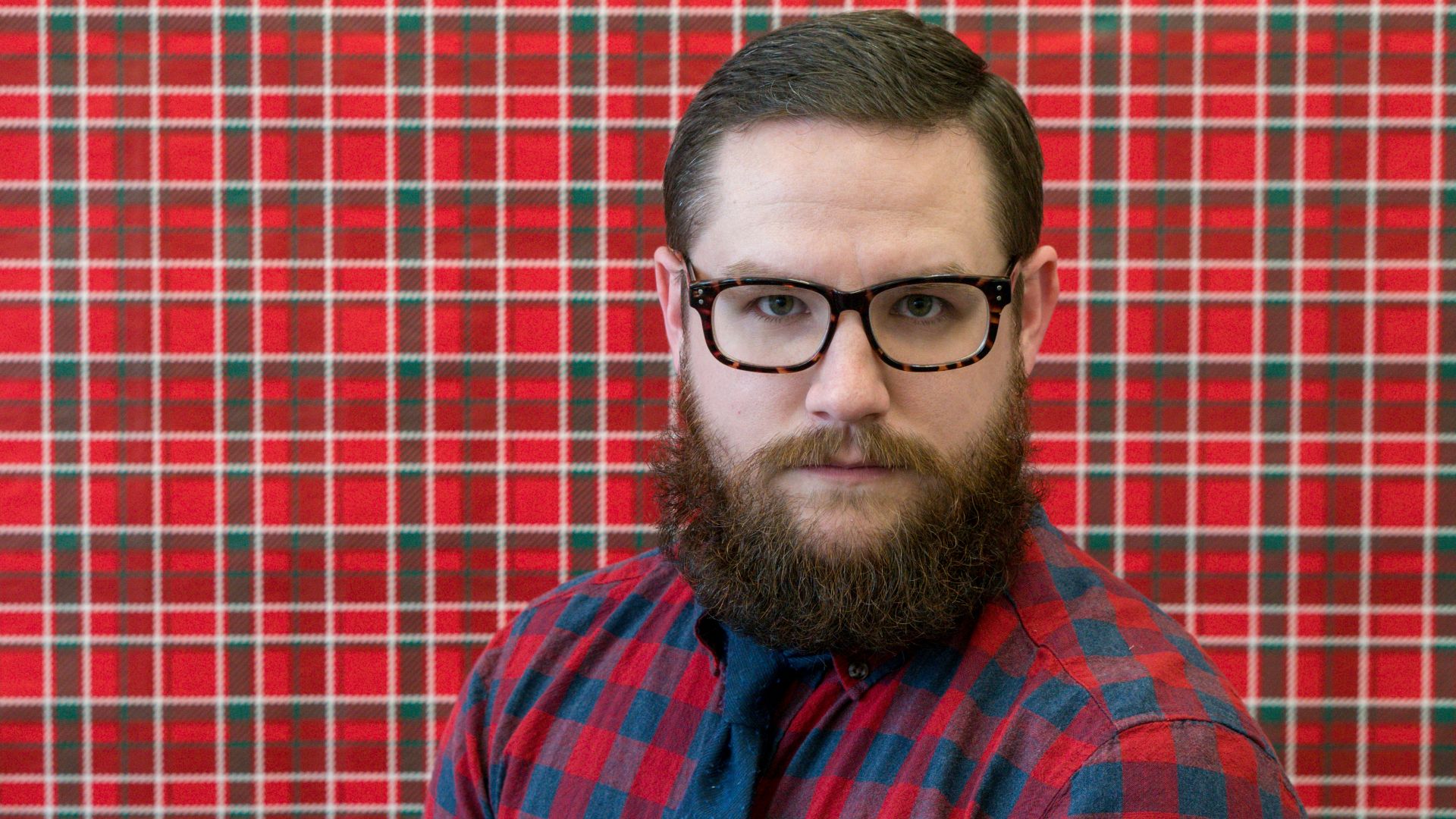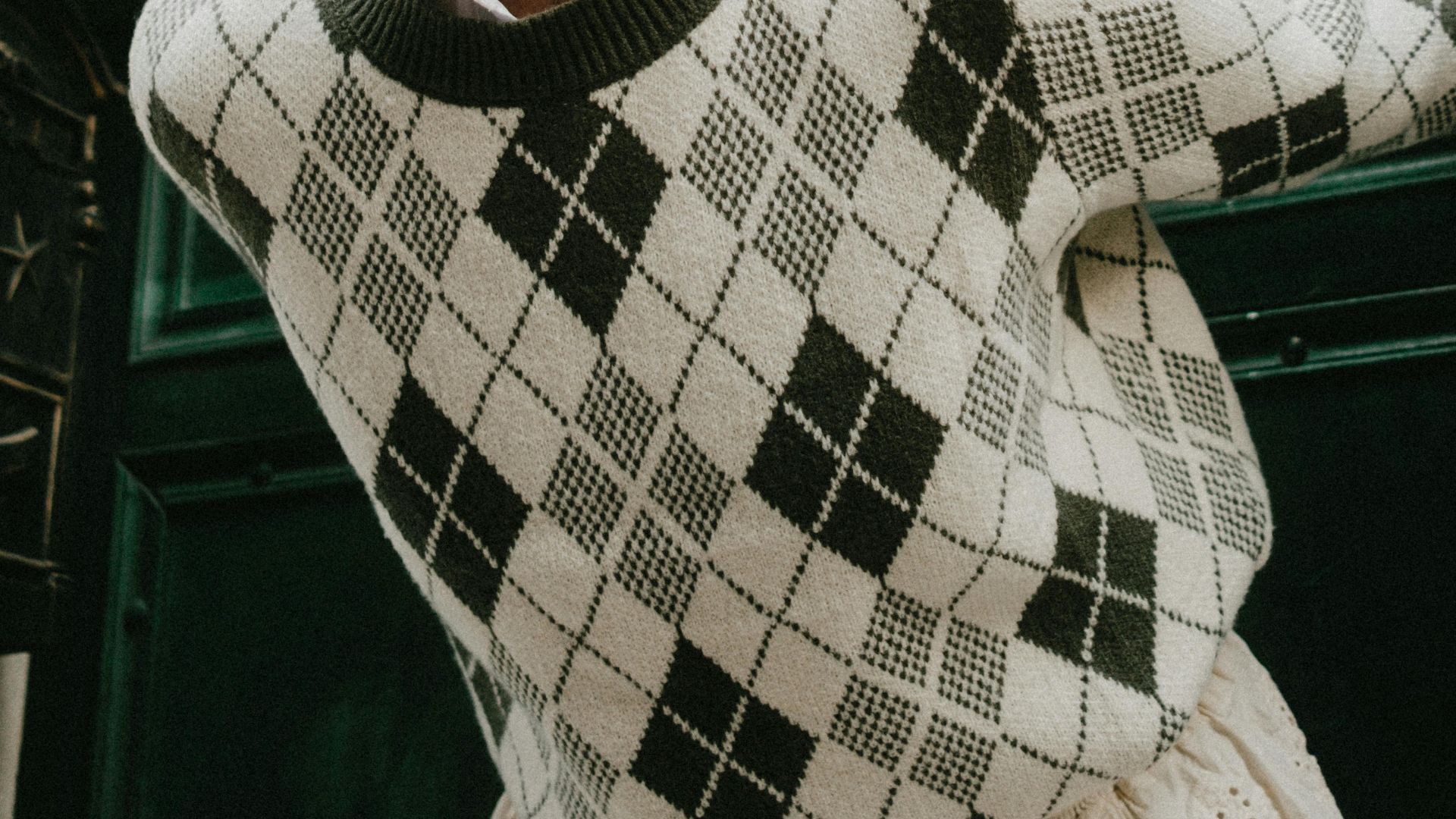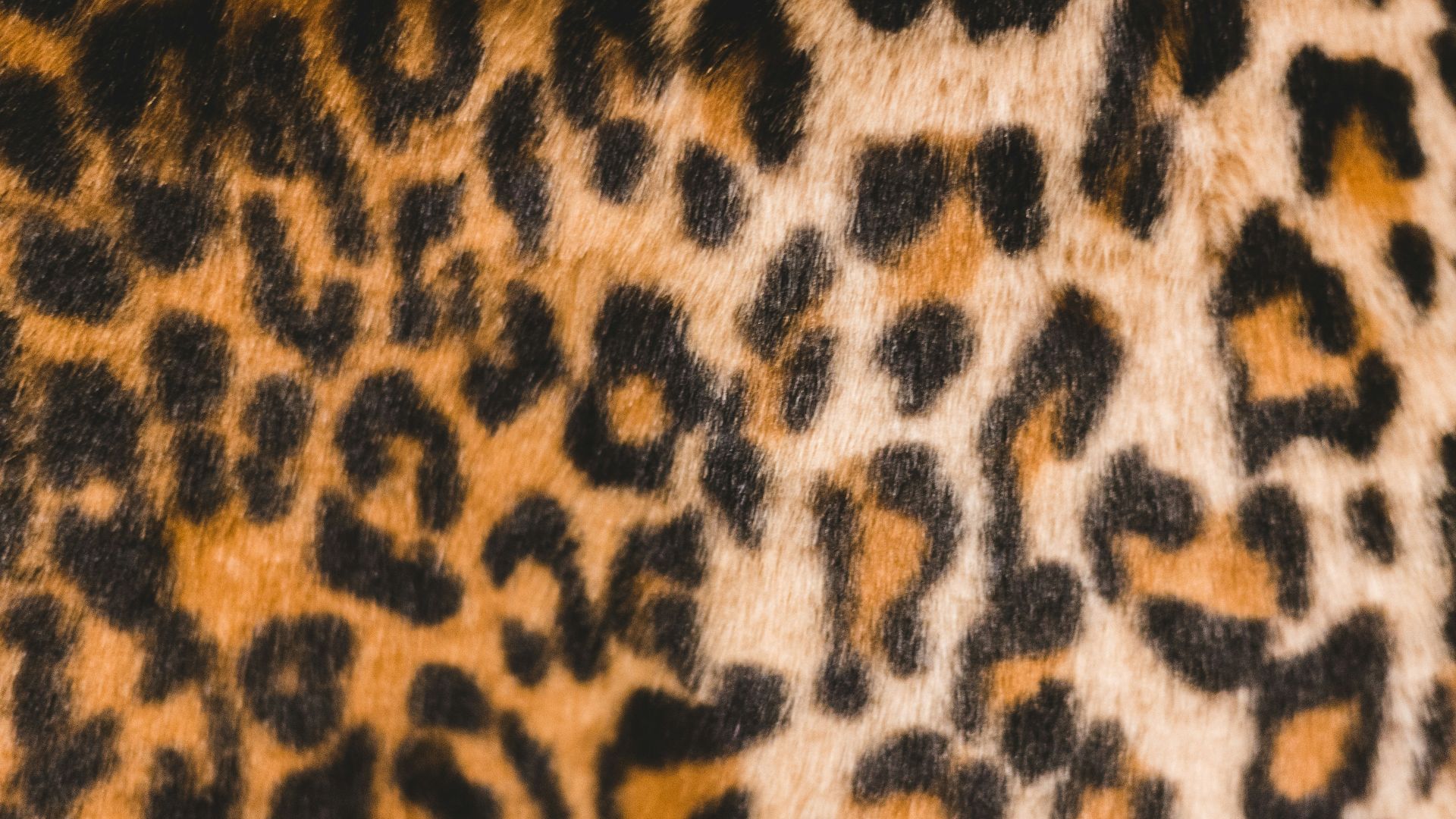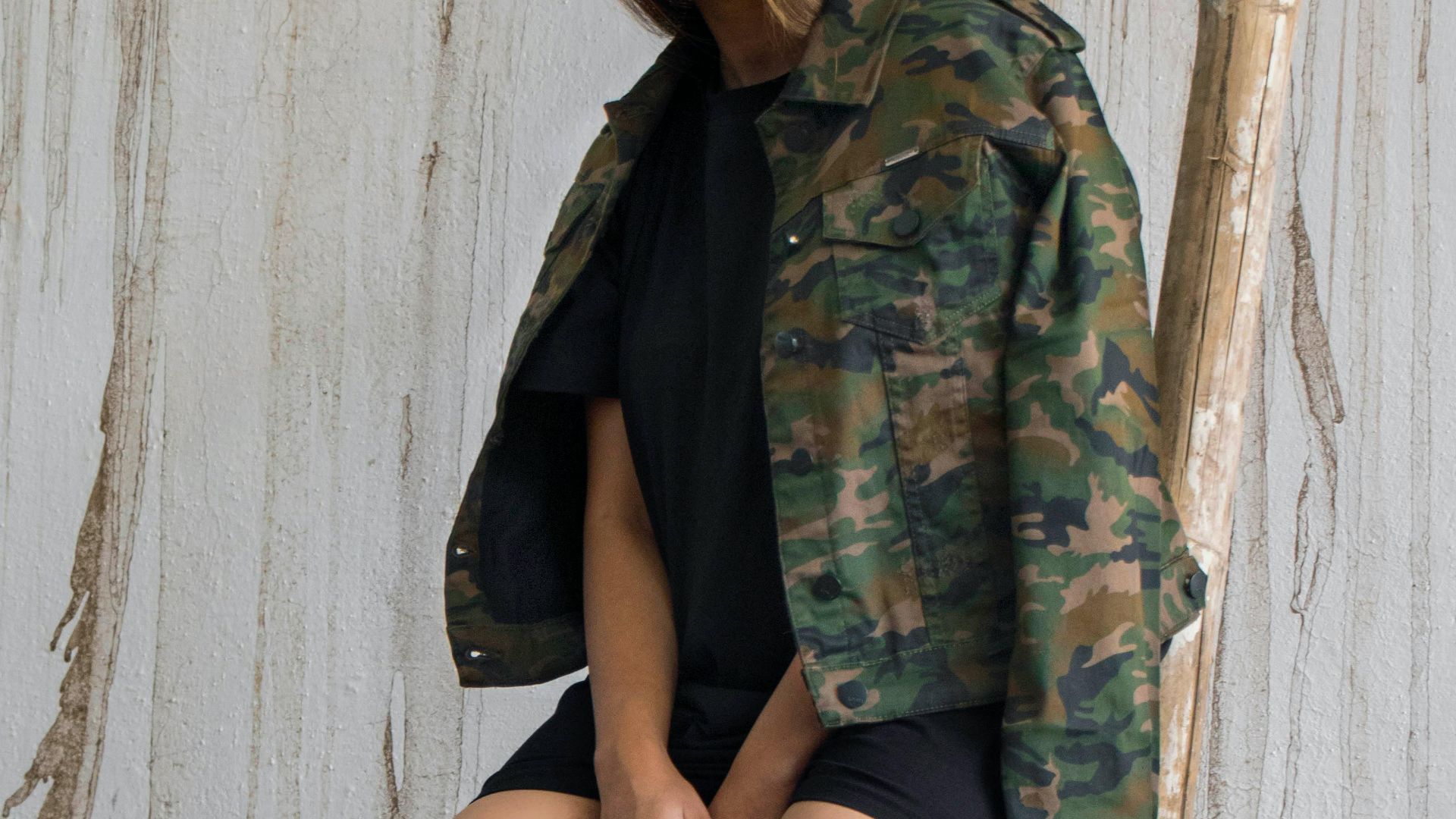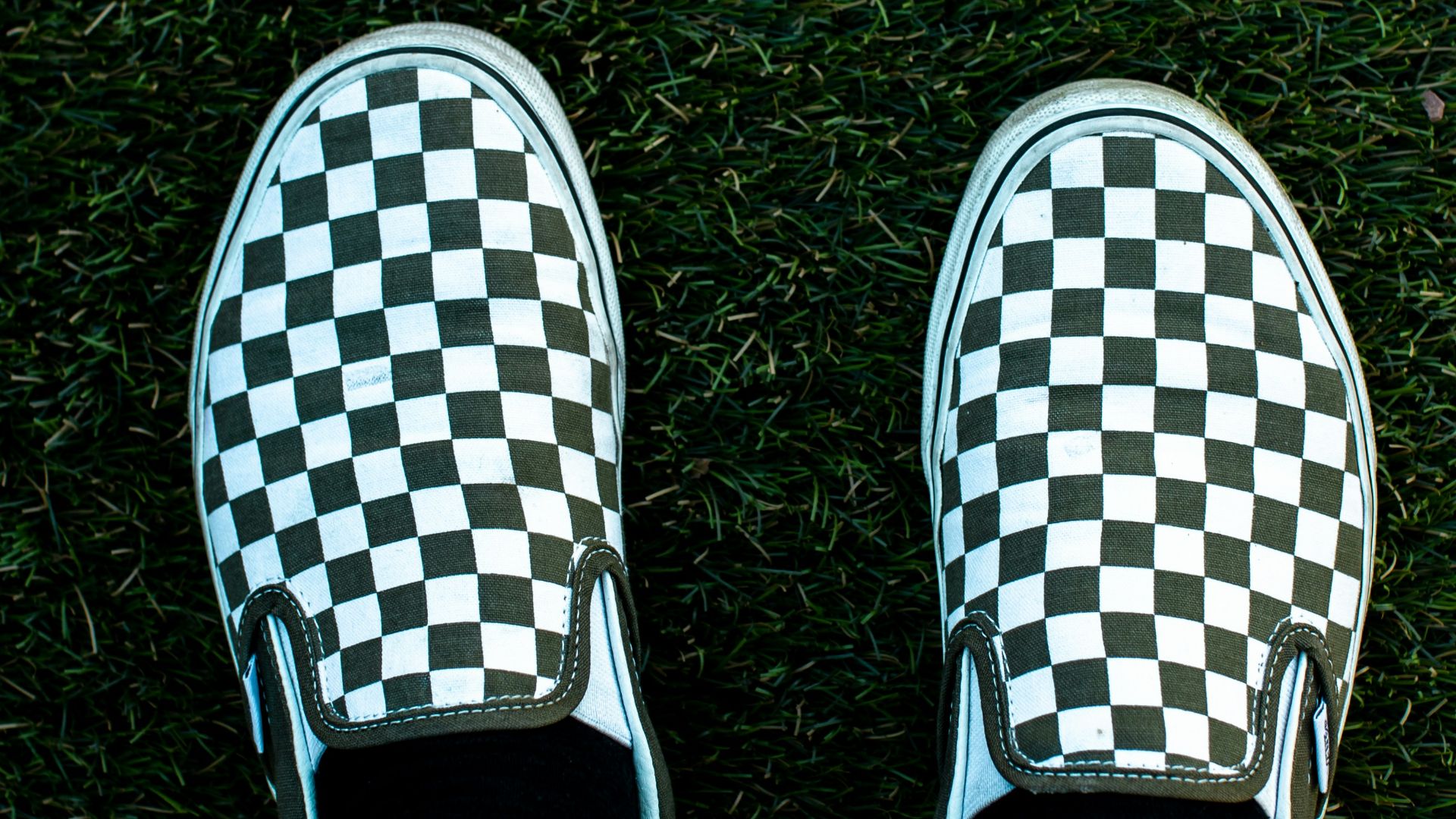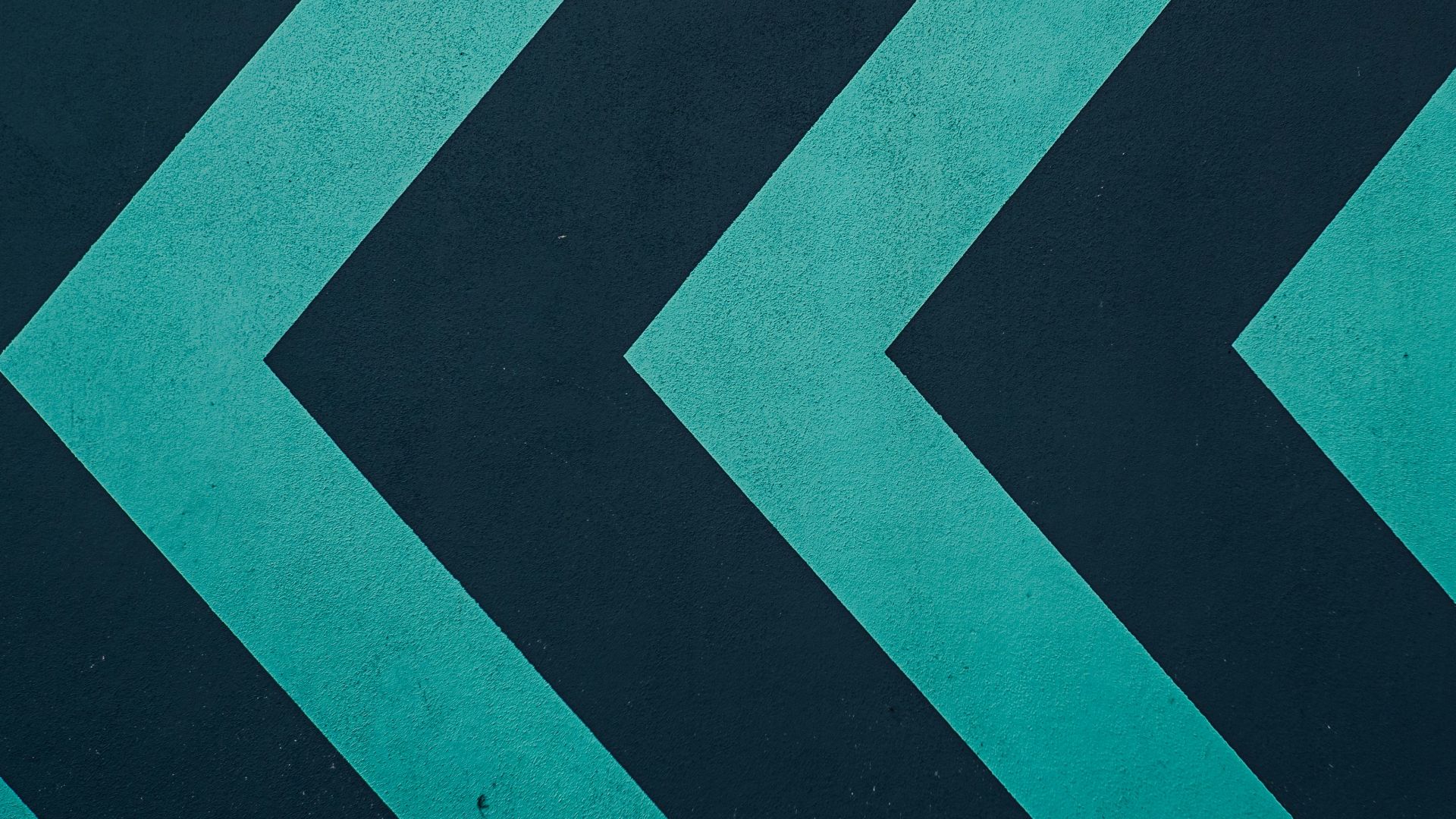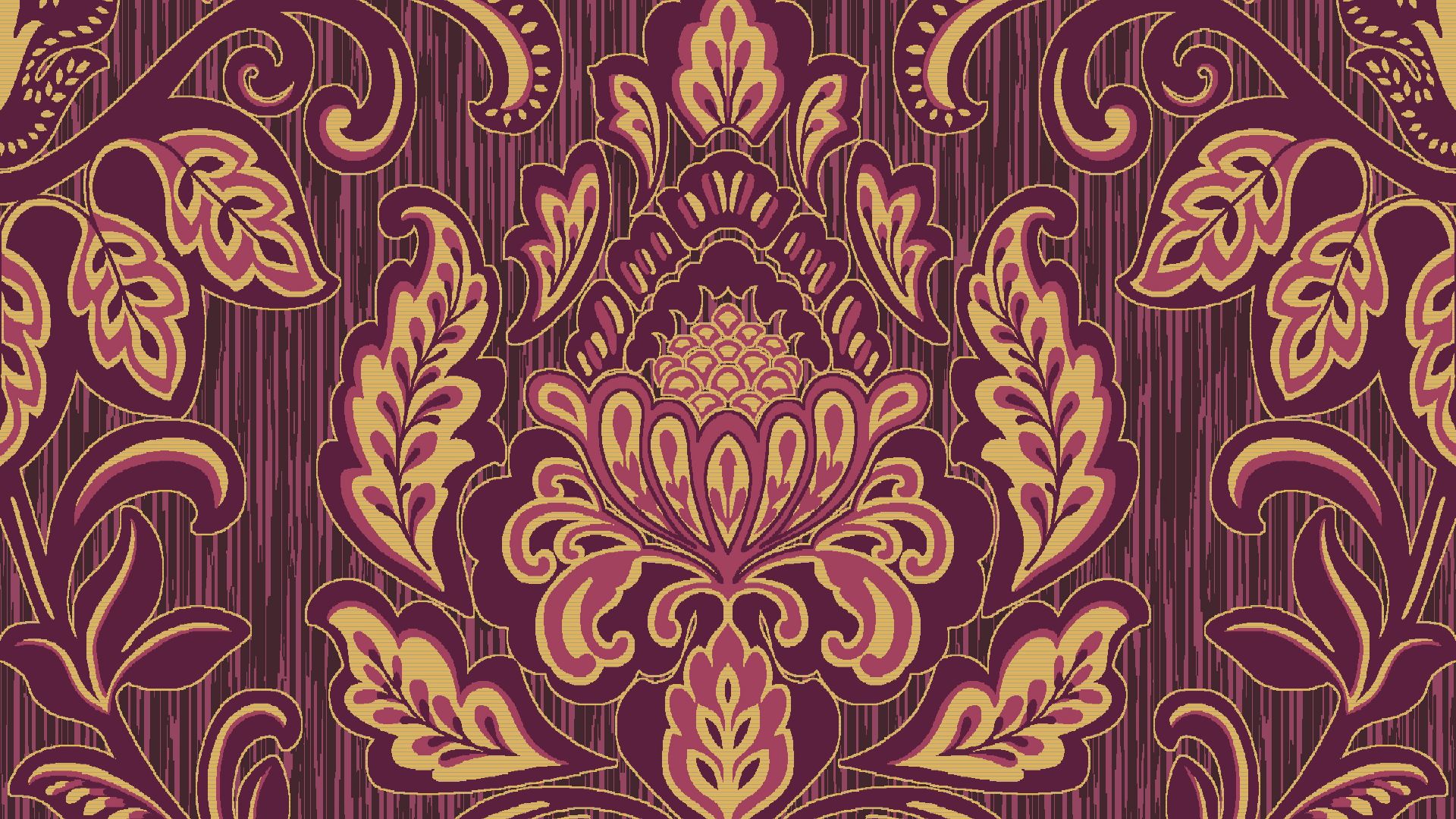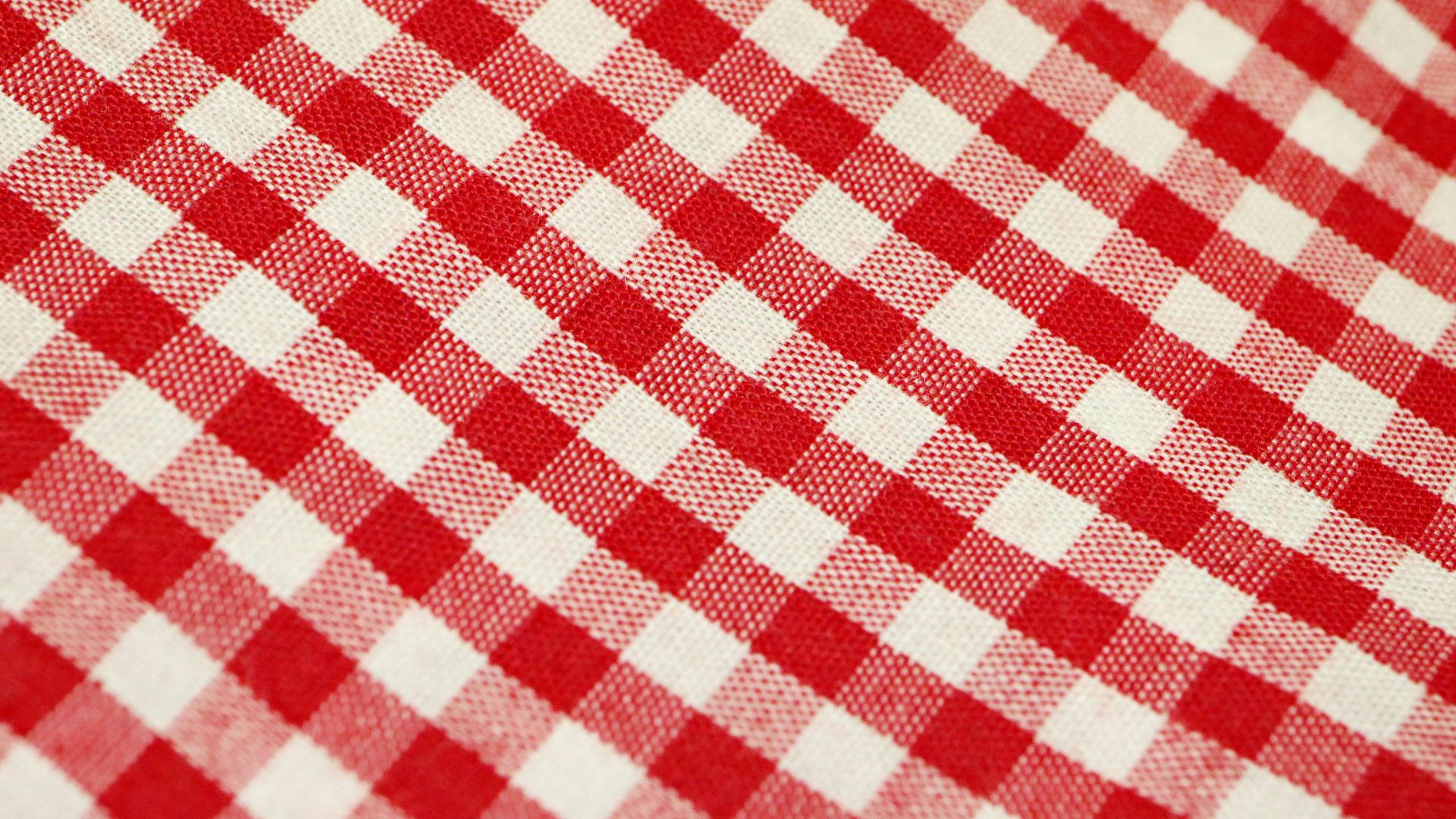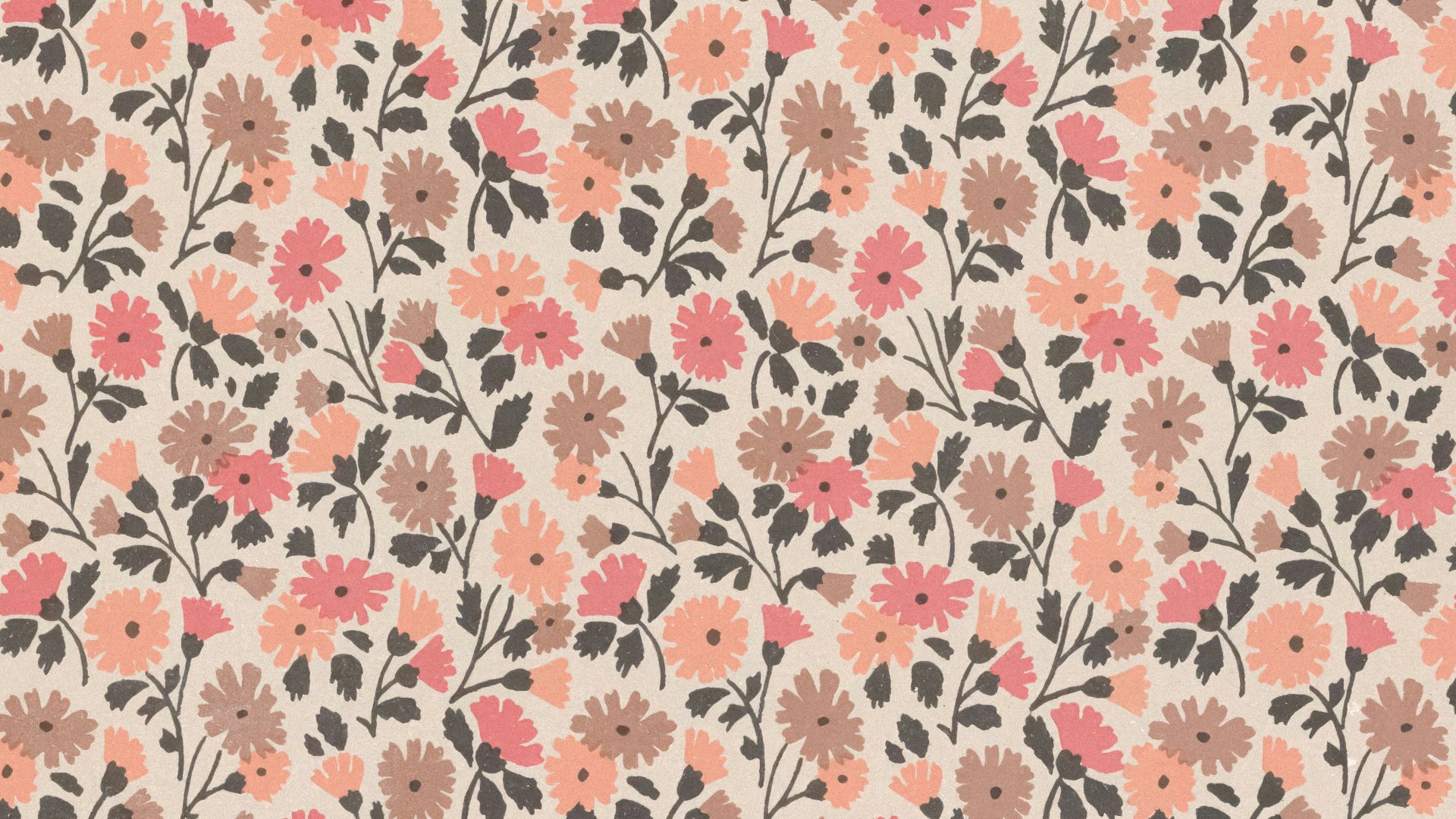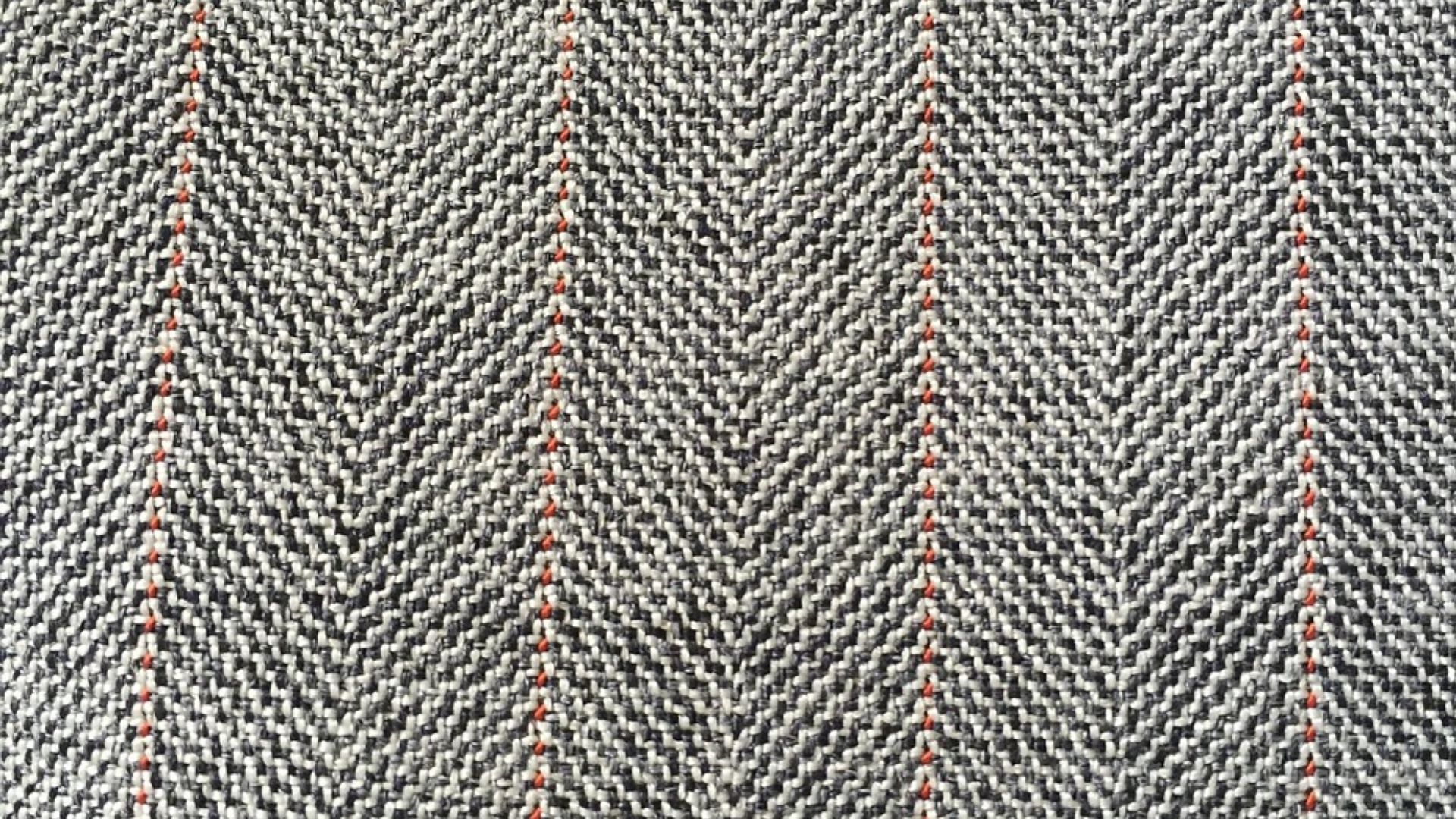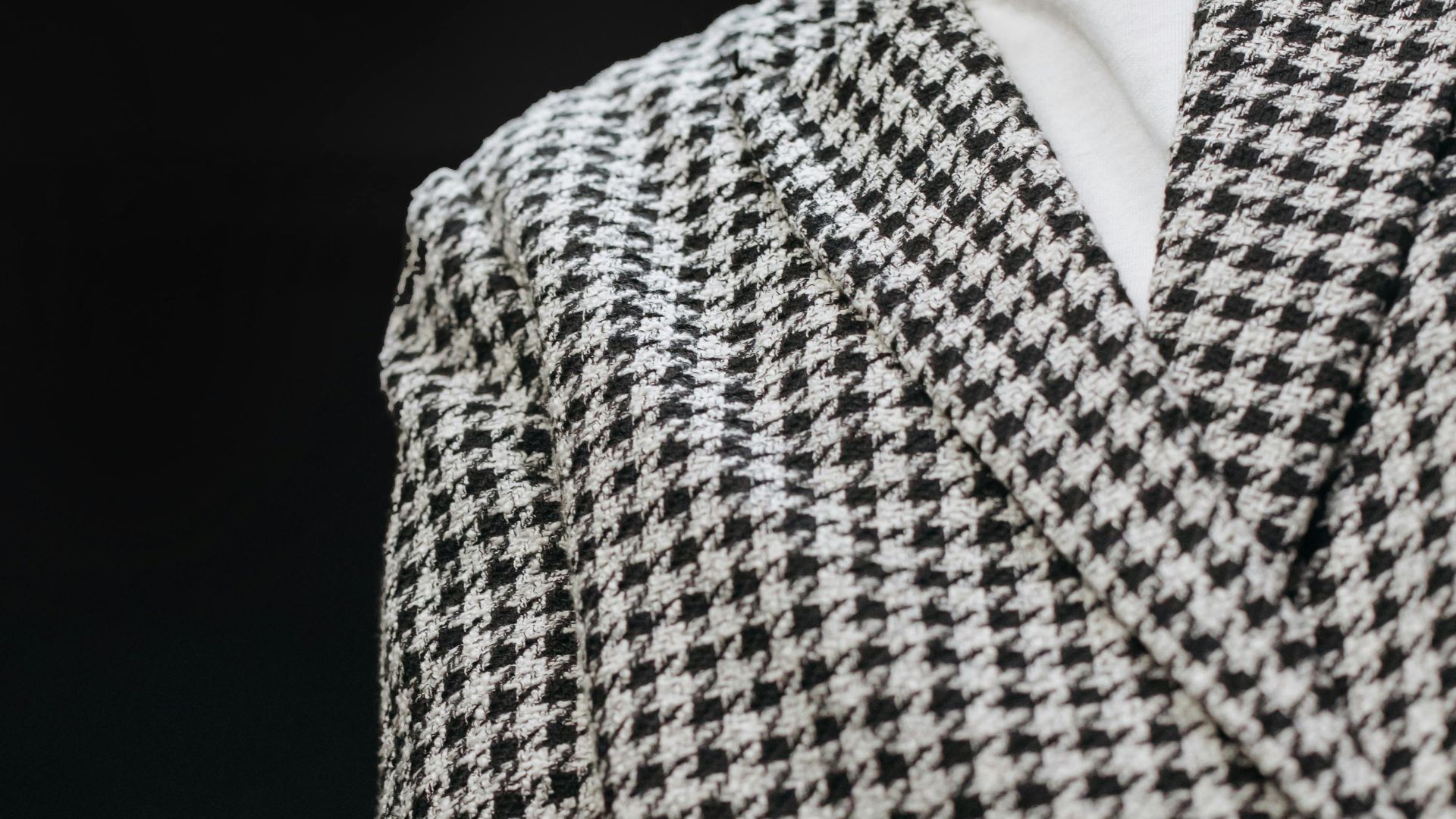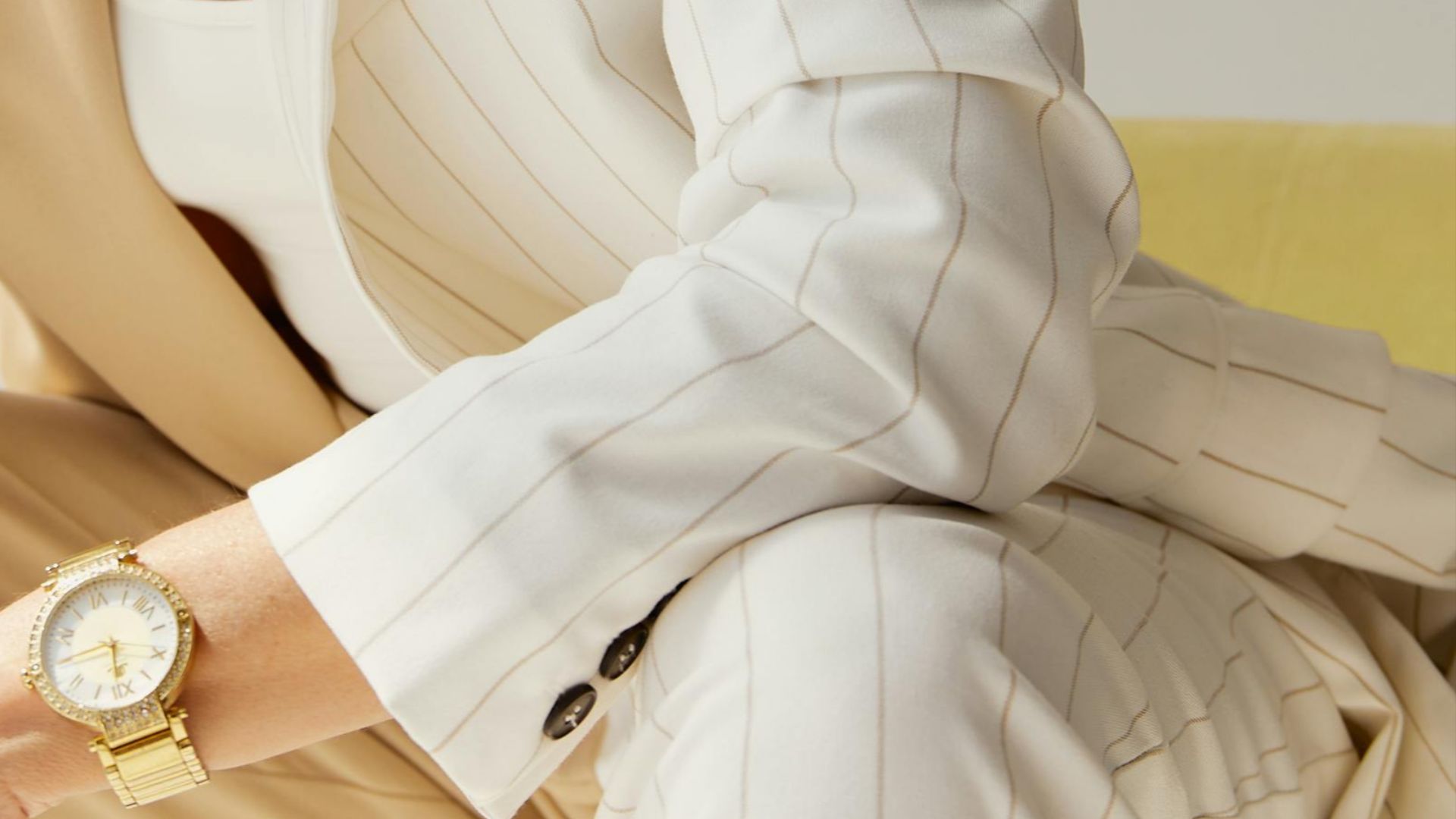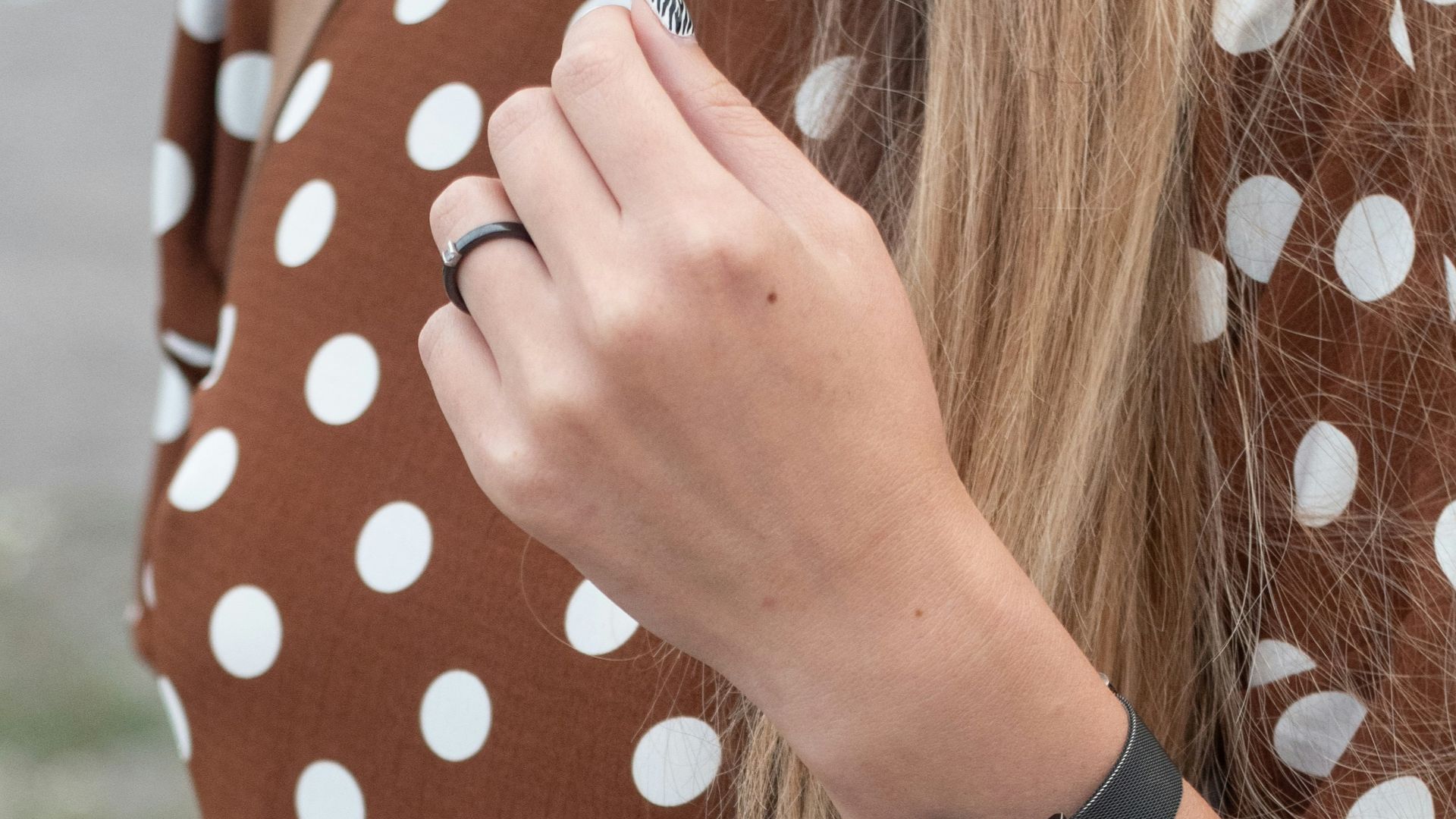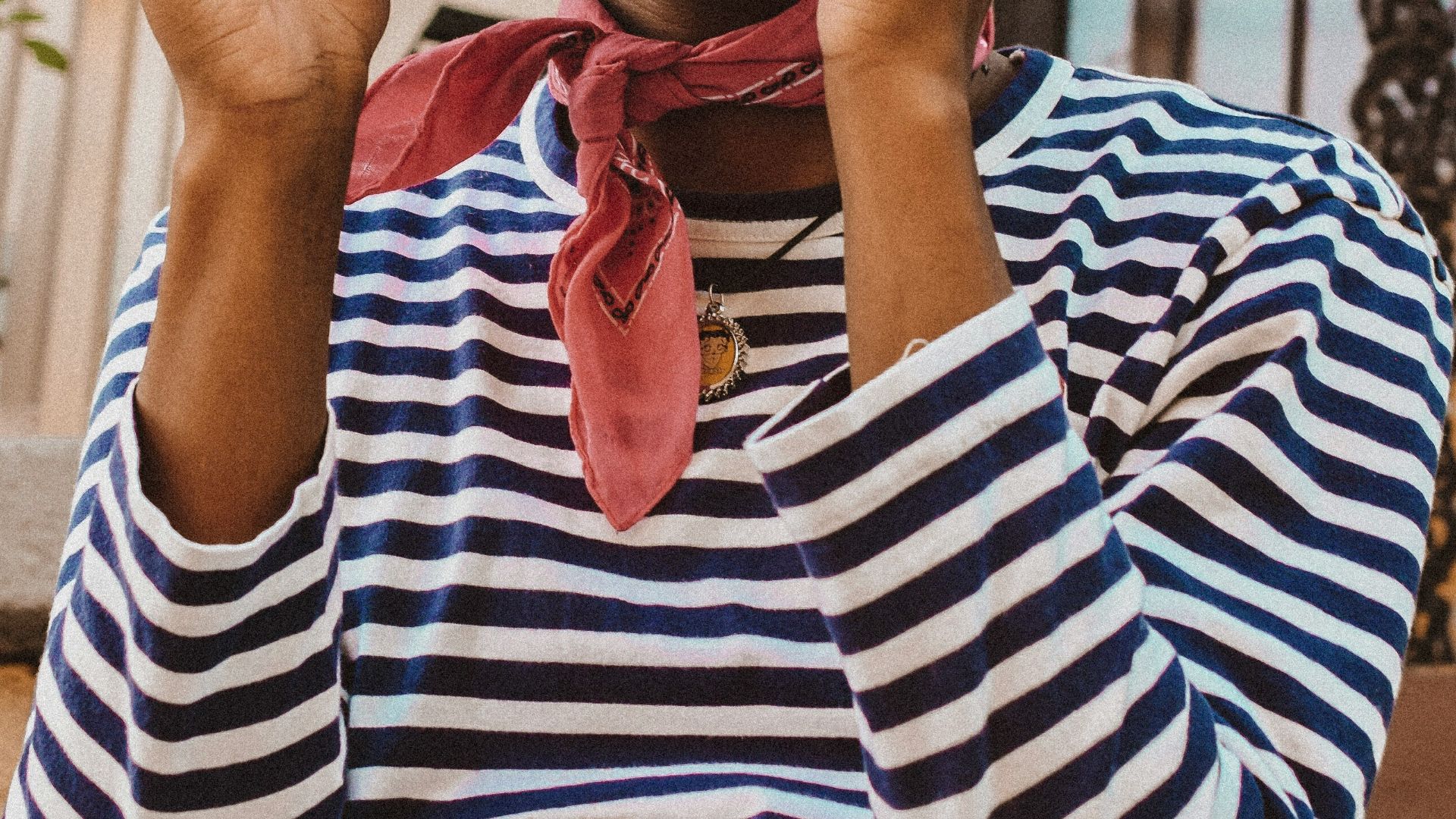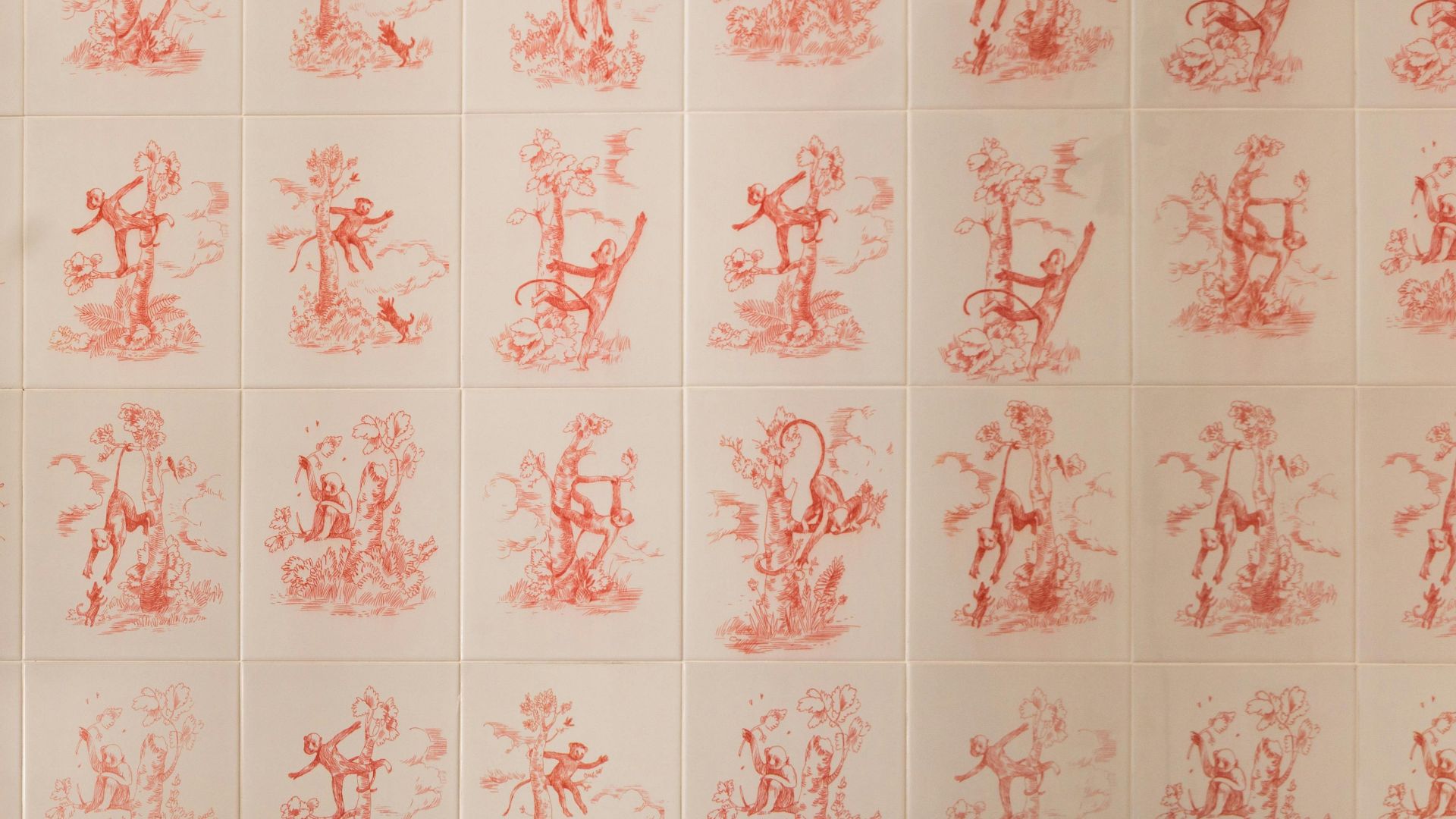Get Your Patterns Down Pat
Sure you may be able to tell a plaid from a pinstripe, but do you know the difference between check, gingham, and tartan? Knowing different patterns isn't just about being able to recognize them, it's also about knowing how to use them. Let's get into a 20 common patterns, their origins, and their uses.
1. Argyle
Argyle is made up of overlapping diamonds and crisscrossing lines. This pattern has its origin in the Scottish Highlands and was popularized following WWI. Argyle is most frequently seen in socks and sweater vests.
2. Animal
Animal prints have been considered expensive and exotic for centuries, even after big game hunting fell out of style. Animal prints are most commonly seen in trims and handbags. Some popular styles include leopard, zebra, and snake.
3. Camo
Camo prints originated as a means of protecting military personnel from being spotted by the enemy. Today, you don't need to be a member of the armed forces to wear a cool camo hat or jacket. Traditional camo utilizes earth tones, while urban camouflage incorporates shades of blue and grey.
4. Check
Inspired by the black-and-white pattern of the chessboard, check is one of the easiest patterns to identify. Check was popular with the Mod movement of the 1960s, as well as skaters in the '90s. Simple checkerboard is one of the trendiest patterns this fall and is best complemented with solid colors for a balanced look.
5. Chevron
Chevron had a huge moment a decade ago, so you should be able to recognize this funky diagonal pattern without much difficulty. Chevron creates a slimming effect, as the lines draw the eye downward, highlighting the waist and elongating the torso. Chevron is a little dated now, but is still spotted in accessories.
6. Chinoiserie
Chinoiserie a classic East-meets-West design that high fashion loves to use. Typical Chinoiserie patterns are white and blue, with flowers, birds, and pavilions. The color scheme makes this a great choice for a billowy summer dress.
7. Damask
Damask is a formal and luxurious floral pattern that's most commonly reversible. Damask is traditionally embroidered, however printed damask offers the same look without the high cost. While damask and other brocades are more commonly used for homegoods rather than fashion, you can find damask robes and jackets.
8. Gingham
Now we're getting into the weeds here. Gingham is a classic country choice pattern which offsets white and colored checks. You can tell gingham from check because gingham incorporates mid-tones, while check is all black and white. Red and white gingham is the archetypal summer fabric.
9. Floral
Florals are less a single pattern and more a category of them. Florals range from chintzy to monochromatic, big to small. You can wear them whenever you like, but they're best suited to spring.
10. Herringbone
Herringbone is similar to a scaled-down chevron with a distinctive jagged look. If you see an academic wearing tweed, they're wearing a herringbone pattern. Herringbone is a timeless choice for coats and blazers.
11. Houndstooth
Houndstooth is one of those patterns that's easier to recognize than it is to describe. This pattern uses broken checks, typically in black and white. It's a classy pattern often seen in coats and scarves.
12. Mandala
Mandalas are intricate geometric designs used in Hinduism, Buddhism, and Shinto. Traditional mandalas are detailed and symmetrical for a bold, bohemian look. Despite their complexity, mandalas can also be soothing.
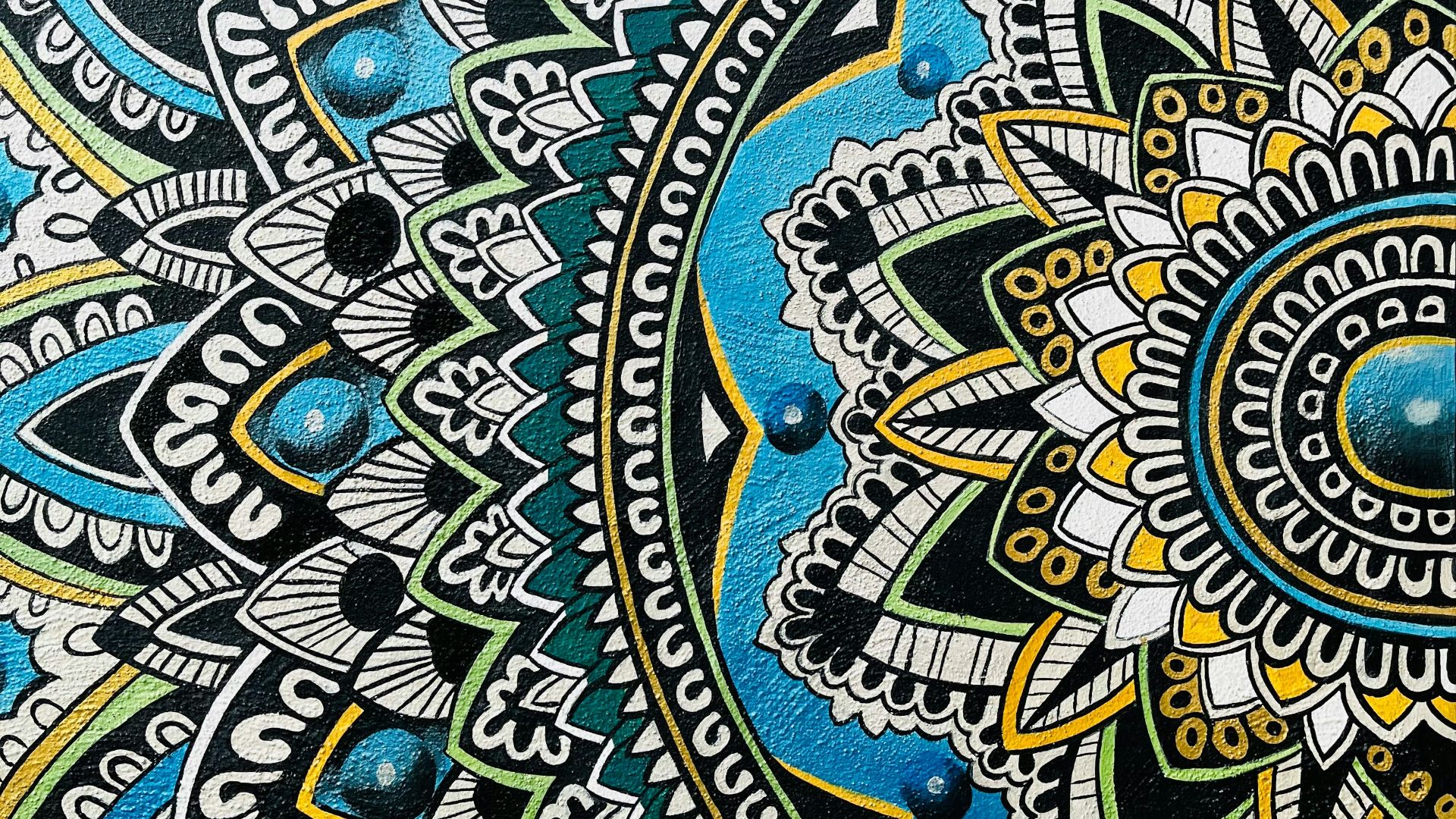 Snehanshu Dharmadhikari on Unsplash
Snehanshu Dharmadhikari on Unsplash
13. Paisley
While paisley print gets its name from the city in Scotland, this teardrop design actually originated in Iran! Paisley is a bold print associated with everyone from cowboys to hippies. Today, paisley is most often used in bandanas and ties.
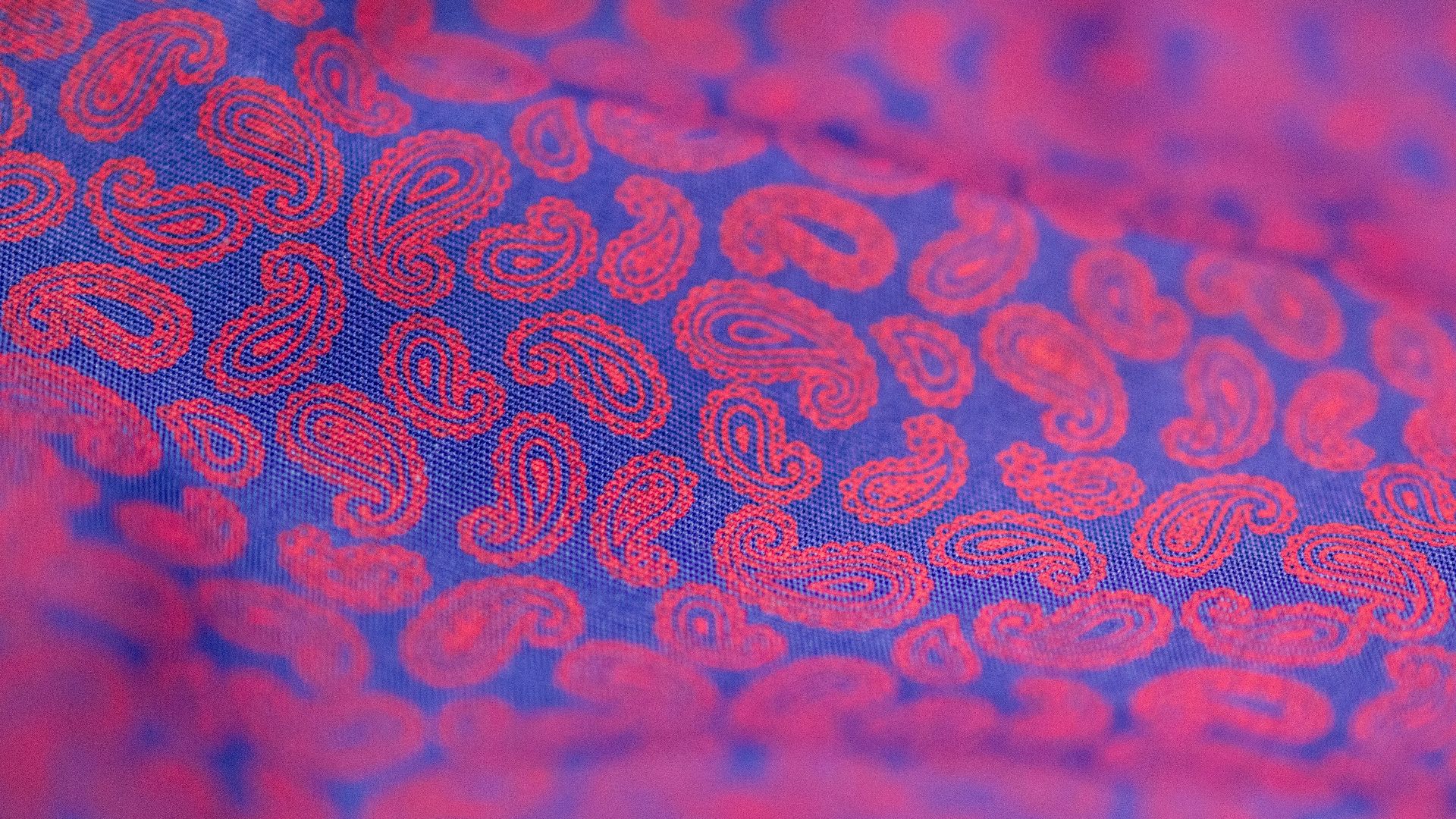 Seyed Mostafa Meshkati on Unsplash
Seyed Mostafa Meshkati on Unsplash
14. Pinstripe
Pinstripes aren't your ordinary stripes, they're thin and widely spaced. While pinstripes are usually associated with baseball players and mobsters, a character in The Canterbury Tales actually wears a pinstripe coat! Pinstripes, especially on pants, have a slimming and elongating effect.
15. Polka Dot
Polka dots get their name because the pattern became fashionable at the same time as the polka dance. Polka dots can be big or small and are evenly spaced throughout the print. This playful pattern can be seen on bathing suits and lingerie.
16. Quatrefoil
Quatrefoil patterns have been used throughout history from Gothic stained glass to Mayan monuments. Quatrefoil resembles a four-leaf clover and is sometimes seen as a good luck charm. This bold pattern is certainly a statement, and works well with dresses.
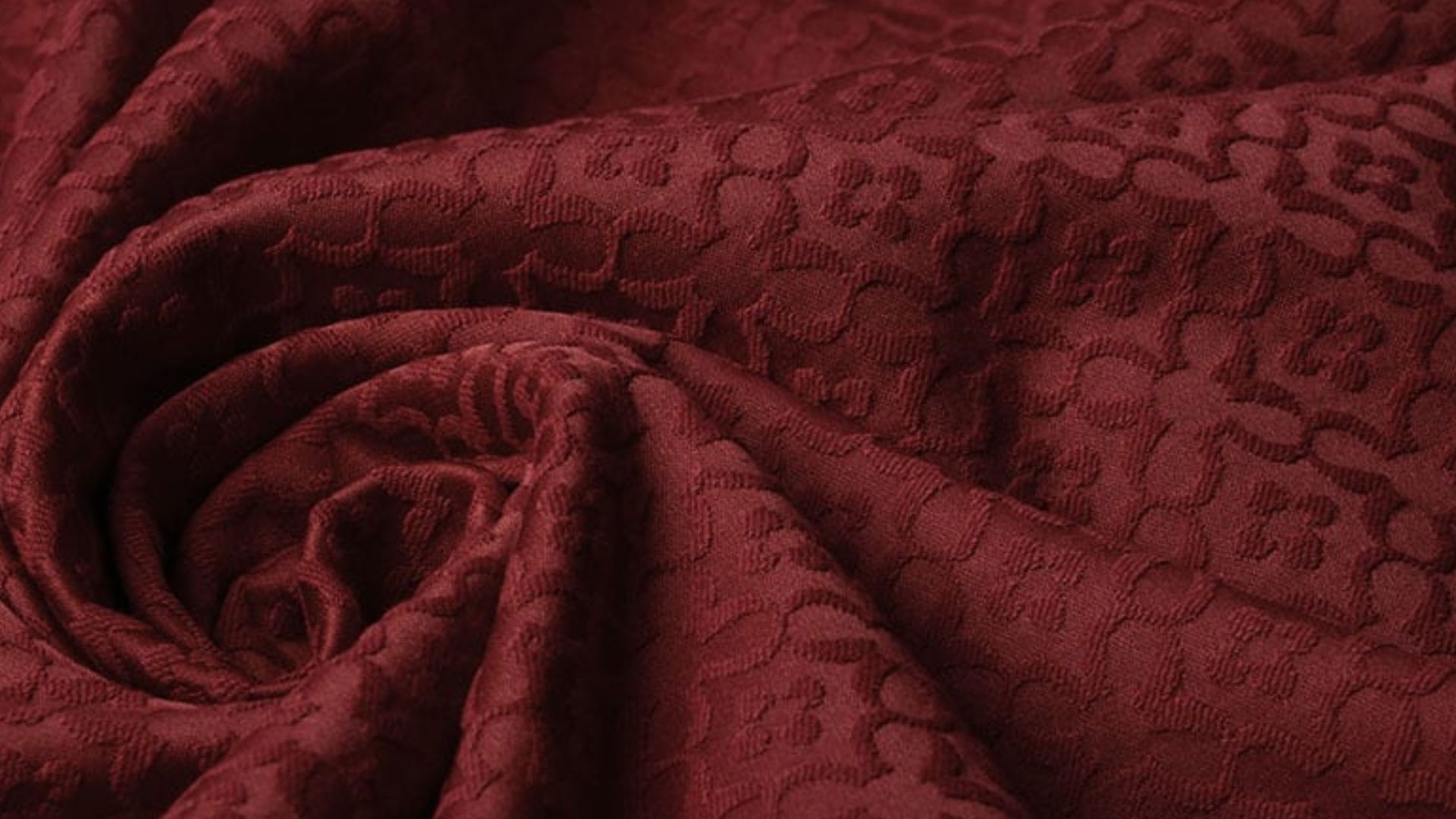 Rico Cilliers (Processing)
colormass (Photography) on Wikimedia
Rico Cilliers (Processing)
colormass (Photography) on Wikimedia
17. Stripe
Stripes are an immensely versatile type of pattern in terms of weight, color, and direction. From nautical Breton striped tops, to railroad striped pajama bottoms, there's a stripe for everyone. When cinched with a belt, stripes can give off an optical illusion.
18. Swiss Dot
You may be asking what the difference is between polka dots and Swiss dots. Well, one dances to Czech music while the other skis down the alps. But seriously, Swiss dots are smaller and less regular in their placement than polka dots.
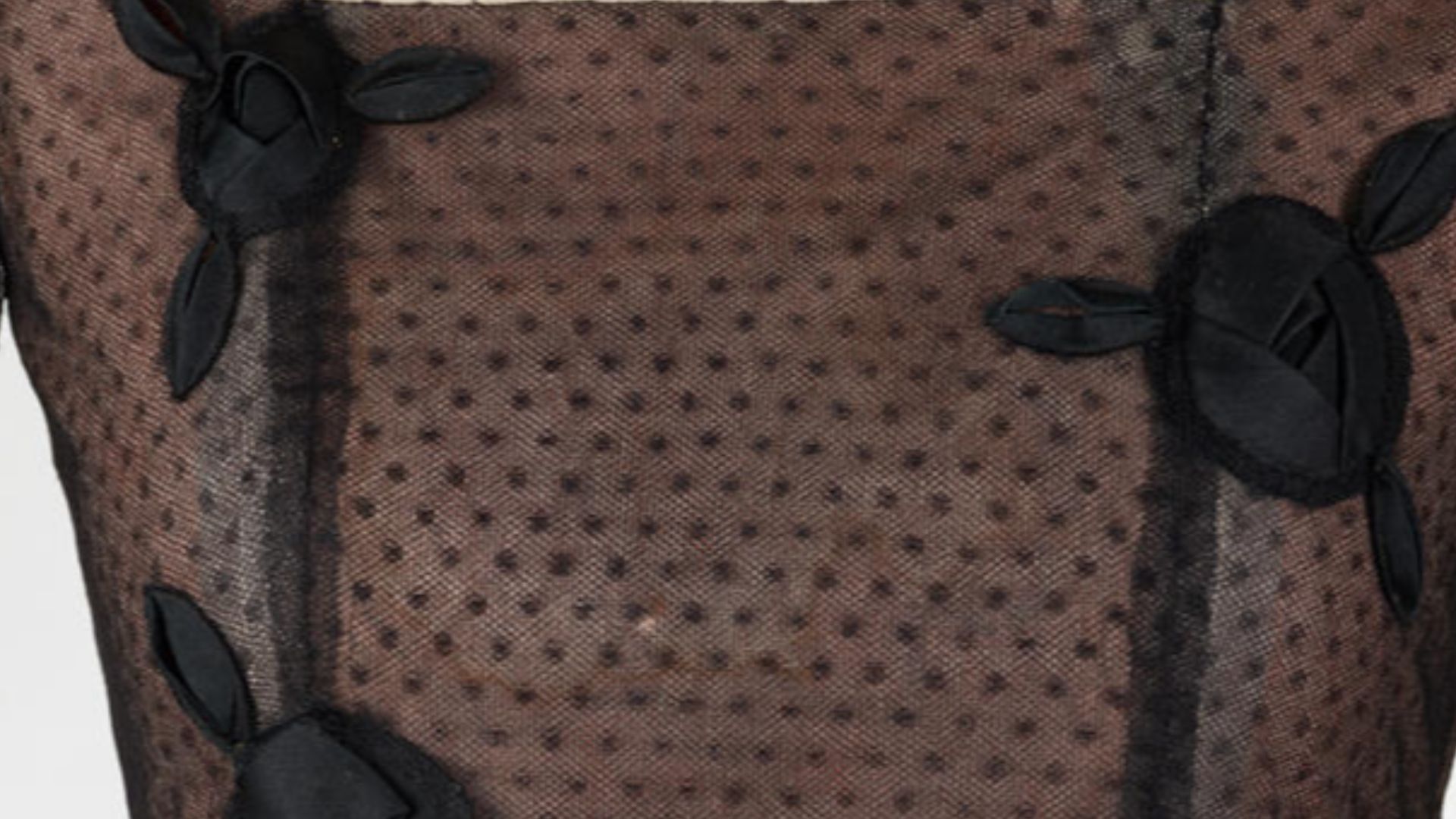 Staff photographer, Rhode Island School of Design Museum of Art on Wikimedia
Staff photographer, Rhode Island School of Design Museum of Art on Wikimedia
19. Tartan
Not to be confused with checks or gingham, tartan is a type of Scottish pattern utilizing checks and stripes. Tartans are typically multicolor and complex, with different patterns representing different highland clans. However, you don't need Scottish heritage to wear this preppy print on blazers, shirts, or caps.
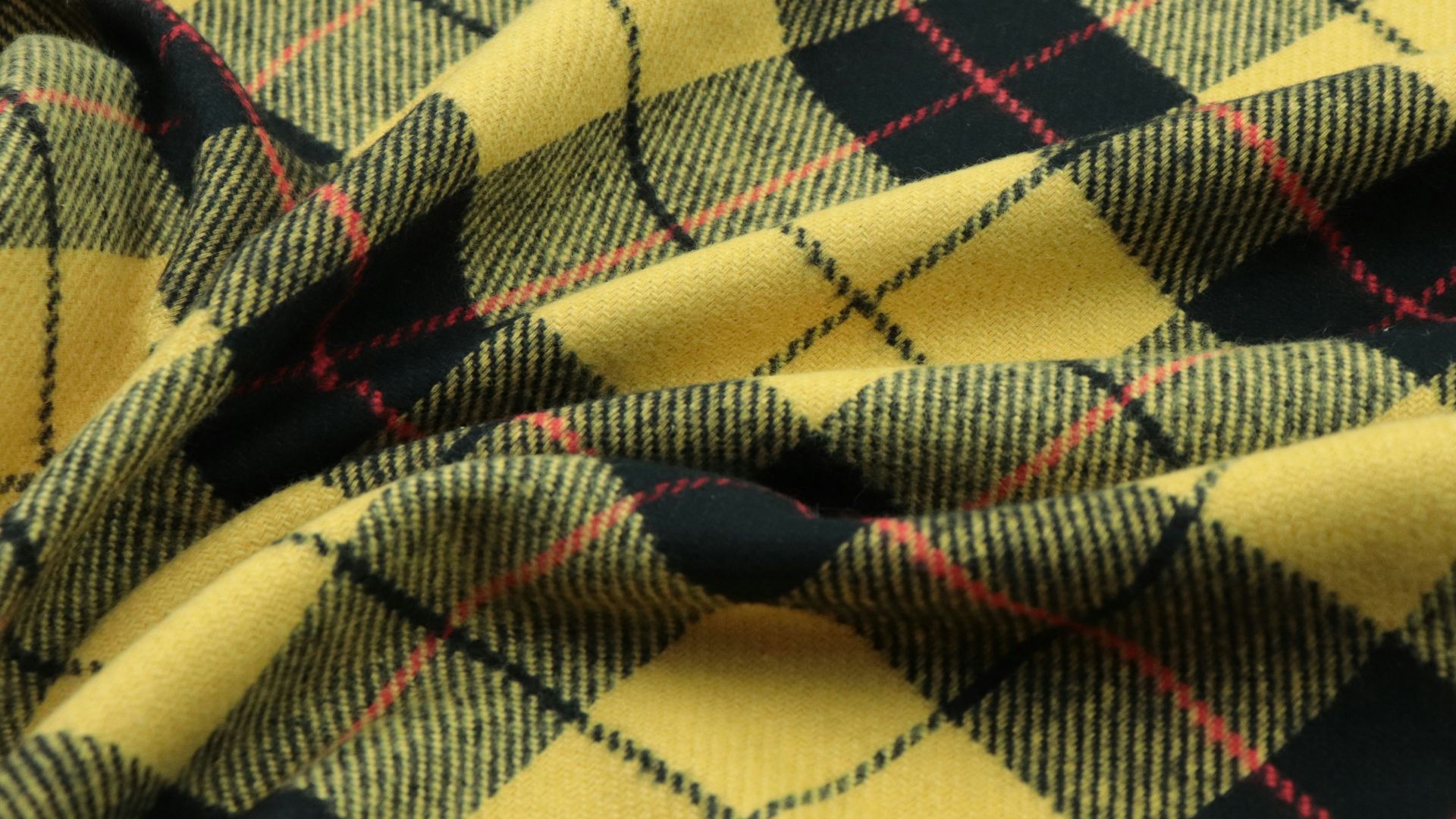 Divazus Fabric Store on Unsplash
Divazus Fabric Store on Unsplash
20. Toile
Toile, or Toile de Jouy, was a popular design in the court of Marie Antoinette. Similar to Chinoiserie, toile is a monochromatic design printed on a white background, typically featuring pastoral scenes of country life. This staple of French country style is pronounced "twall".


